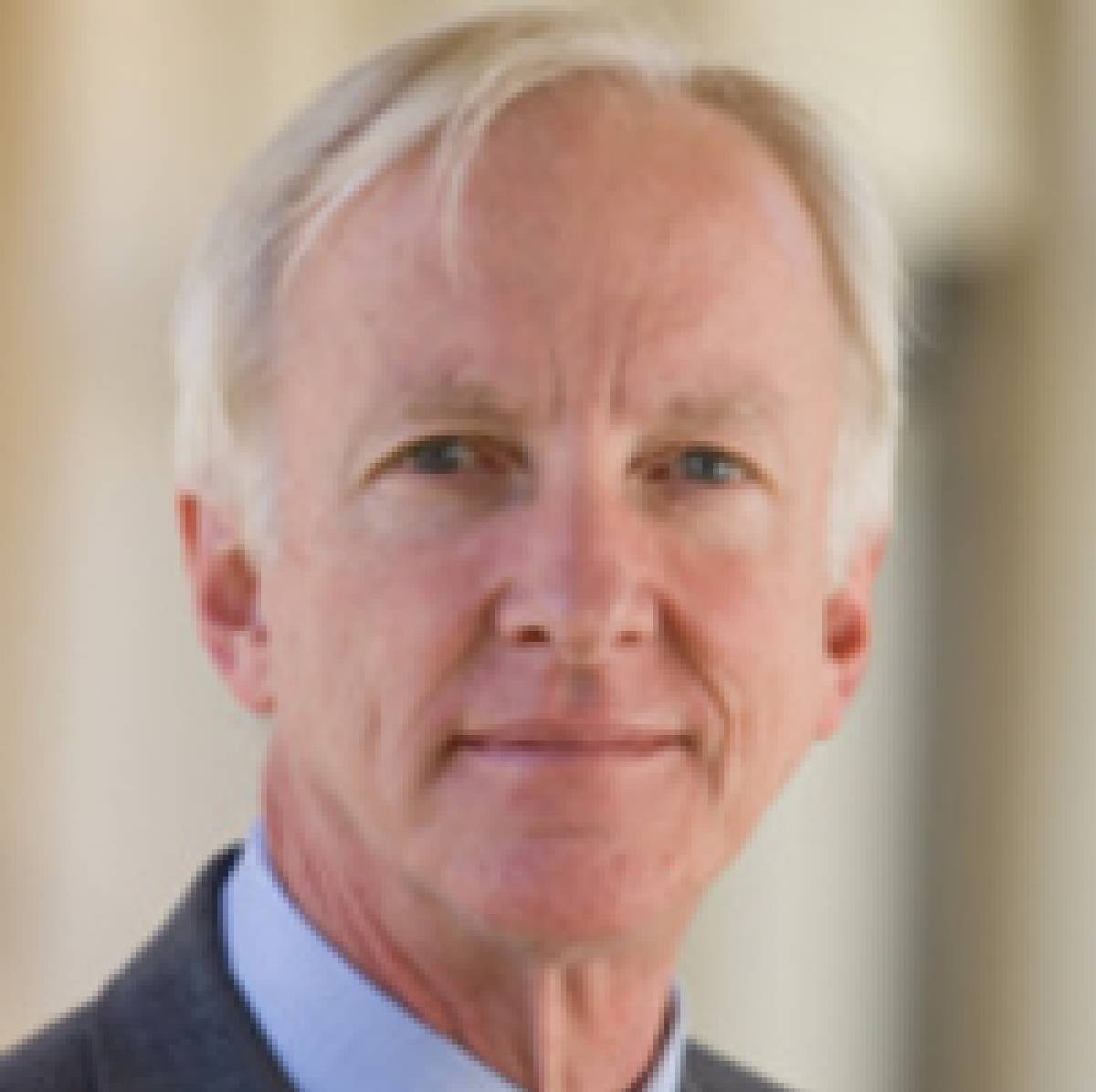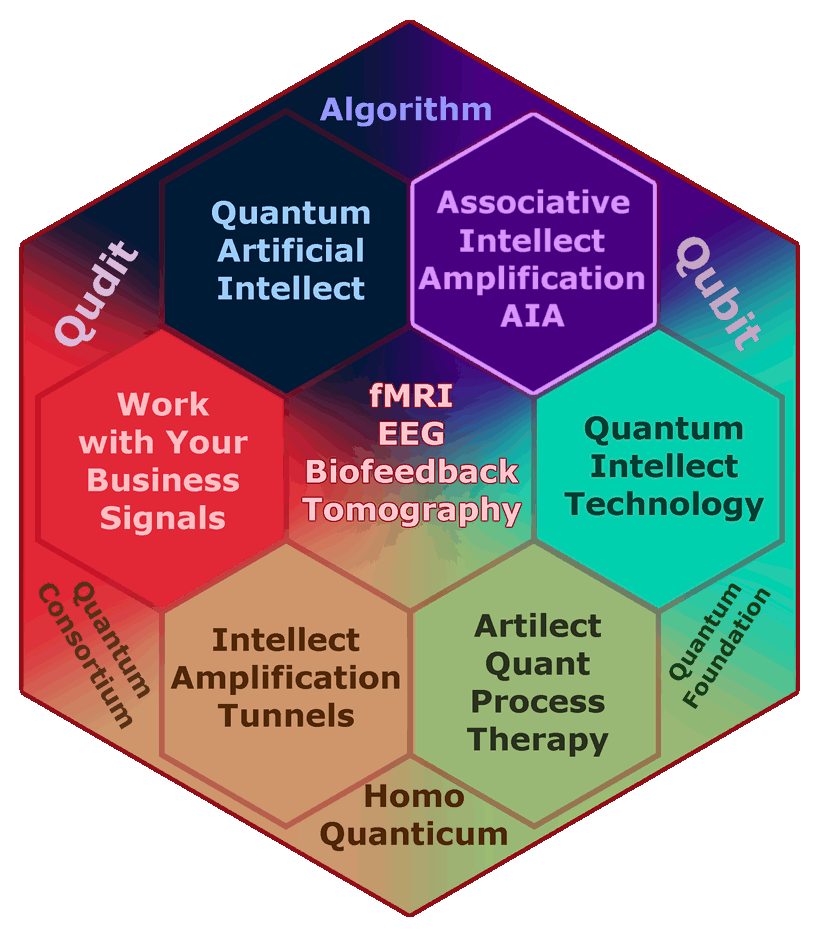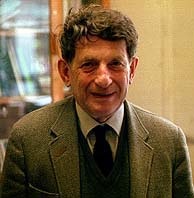Motto
“Human nature has been wave~quantum from the beginning and converts well time into thinking.”
Doktor Habdank Tadeusz

Synapse-Centered Multidimensional Quantum Holistic Observer ~ Theory
Synapse-Centered Multidimensional Quantum Holistic Observer Theory describes an observational model that focuses on synapses, the key connections between nerve cells responsible for transmitting signals. Multidimensional Part This term goes beyond the one-dimensional view. Instead, it involves a rich, multi-layered perspective spanning different scales or layers of understanding. Finally, when using the term “holistic observer”, it is clear that it is not just about observing fragments; it’s about gaining a complete, comprehensive understanding that covers the entire spectrum of the topic.
When we talk about a “holistic view of the human being,” we emphasize understanding the human being beyond its individual parts. It’s about looking at the bigger picture and understanding humanity as a whole. This means that rather than focusing on just one aspect, say emotions or cognition, there is a need to understand each integral element that defines us – our nature, thoughts, experiences and what fundamentally makes us “human.”
Traditionally, it was used to represent a diagram intended to describe all the forces of nature under one unified theory. However, in this context it has been metaphorically extended to suggest a comprehensive theory encompassing all aspects of human understanding, cognition, and experience.
“Holographic models of the brain’s quantum synaptic network”,
The brain with its intricate network of neurons communicates and operates in a holographic aspect, so that every little element provides insight into the entire system. The quantum-holographic states appearing in synapses indicate that there may be operations or features at significant levels that indicate the properties of quantum mechanics integrated with the holographic theory.
The concept of “Homo Quanticum Centrism” is based on quantum phenomena integrated with holographic theory. Quantum-holographic human centrism emphasizes the observer’s perspective, where the main focal points are the quantum-holographic characteristics of human cognition and consciousness.
The “Quantum Model of Language (QLM)” offers quantum computing capabilities or represents linguistic structures based on quantum theories, and by delving into the idea that “synaptic quantum space mirrors the human intellect”, this theory suggests that the realm where quantum interactions take place in synapses, may be more than just biochemical in nature. It can be a direct representation or reflection of the way the human intellect functions, linking tiny synaptic operations to the larger landscape of human thought and intellect.
“States of consciousness and their components in space-time”, modes of human consciousness, whether we are awake, dreaming or deep asleep. These states are not just abstract; may have tangible, mathematical representations, especially with mention of “real and imaginary components.” This may refer to complex numbers or similar mathematical structures that offer a framework for understanding these various states.
The detailed picture of the quantum-centric approach to understanding human consciousness, intellect and essence takes us from microscopic synaptic interactions, through complex models, to the grandeur of overarching theories of human existence.
DARQ Society ~ DLT


Stuart Haber and Scott Stornetta are computer scientists who made significant contributions to the development of DLT. In 1991, they co-authored a research paper titled “How to Time-Stamp a Digital Document,” which introduced the concept of using cryptographic hashes to create an immutable record of digital information. This groundbreaking work laid the foundation for Distributed Ledger Technology.


David Mazieres, a computer scientist, professor at Stanford University, and creator or Stellar Consensus Protocol (SCP), and Dennis Shasha, a computer scientist, professor, and author specializing in the fields of databases, data mining, and algorithms have published a paper in 2002 called “Building secure file systems out of Byzantine storage” as a way to build a trusted file system on an untrusted server that greatly contributed to how modern day DLT networks operate.
DARQ Society ~ Artificial Intelligence

Raymond Kurzweil, an esteemed futurist and trailblazer in the field of pattern recognition technologies, has significantly contributed to our society by creating inventions that enhance the lives of individuals with disabilities and seamlessly integrate technology with the arts. In recognition of his groundbreaking achievements, Kurzweil, the inventor of the groundbreaking reading machine for the visually impaired, was honored with the prestigious Lemelson-MIT Prize in 2001, which carried a substantial award of $500,000.


Ilya Sutskever, Co-founder and Chief Scientist of OpenAI, and Jan Leike, a research Scientist at Google DeepMind, Research Associate with the Future of Humanity Institute, have been appointed as the leader of a groundbreaking OpenAI team dedicated to addressing the critical issue of aligning superintelligent AI systems with human values. This team aims to ensure that as AI systems advance far beyond human intelligence, they remain aligned with and uphold human intentions and objectives.
DARQ Society ~ Holo Reality


Ivan Edward Sutherlan, an American computer scientist and Internet pioneer, widely regarded as a pioneer of computer graphics and Bob Sproull, an adjunct professor at the College of Information and Computer Sciences, at the University of Massachusetts Amherst, were the inventors behind the development of the first head-mounted display. This groundbreaking invention had the ability to render images based on the viewer’s changing pose, detected by The Sword of Damocles. As a result, they achieved a major milestone by creating the world’s first virtual reality system.
DARQ Society ~ Quantum Technology


Frank Wilczek, a Nobel Prize-winning physicist, has significantly advanced modern theoretical physics with his groundbreaking work on axions and time crystals. He proposed the existence of axions in 1978 as a solution to a symmetry problem in the strong force, later identifying them as a candidate for dark matter—a substance that remains one of the greatest mysteries in physics. Wilczek also introduced the concept of time crystals, which repeat their structure in time rather than space, a revolutionary idea that has been experimentally validated and holds promise for future applications like quantum computing. His innovative work across multiple areas of physics, along with his ability to communicate complex ideas to the public, has solidified his status as a leading scientific figure.
Source: Popkin, Gabriel. “The Universe According to Frank Wilczek.” Templeton Prize, May 13, 2022.


Robert Lanza is a prominent scientist known for his work in several fields, including stem cell research, biotechnology, regenerative medicine and biocentrism, a concept that proposes a new perspective on biology, life, and the universe. As presented in his books, co-authored with Bob Berman, Biocentrism suggests that life and biology are central to being, reality, and the cosmos. This theory challenges traditional views of the universe and posits that life and consciousness are fundamental components of the universe.
Homo Quanticum
Nobel Prize for Homines Quantica



Homo Quanticum Centrism
Homo Quanticum Centrism is the idea similar to Galileo Galilei and Nicolaus Copernicus’s [1] theses concerging departure from the concept of the earth as a central point in the universe in favor of the heliocentric concept, where by analogy, we illuminate a transition from the electromagnetic and material essence of the human structure to the quantum structure of human’s information field system. This quantum-centric superhuman structure is defined by the construction of the information field resulting from coherences, decoherences, and recoherences that occur in the neural structure across the human body (neuro~centric consciousness [2]) and is superior in the universal, holistic perception of the human essence. This transition is called “DLTAI ~ Quantum Holo” or “Wormhole”, where DLTAI is in the spacetime dimension, Quantum Holo is the term for the quantum~holographic dimension, or in other words, Quantum Holo Dimension, and Wormhole is the transition between these two dimensions. In its entirety, DLTAI ~ Quantum Holo is the idea behind the futuristic DARQ society (DARQ is an acronym for Decentralized Ledger Technology, Artificial Intelligence, Holo Reality, and Quantum Technology).
[1] John Horgan , “The Rise of Neo-Geocentrism” Scientific American, November 2, 2016
[2] Asok K Mukhopadhyay and Jay Relan. “The DeepScience of NeuroCardiology“, Annals of Psychiatry and Clinical Neuroscience, 2020
Quantum Intellect
New studies using NMR contrast have shown that there is no classical NMR correlation between spatially separated evoked potentials in the brain. This builds on previous research work in the field of quantum gravity, as well as the thesis that entanglement between two known quantum systems may be mediated by unknown systems. It has been linked to short-term memory performance and consciousness as prerequisites for entanglement mediated consciousness-related brain functions. These discoveries could be a milestone towards innovative technologies and improvements in quantum technologies [3].
[3] Kerskens, Perez, “Experimental indications of non-classical brain functions“, Journal of Physics Communications, Oct 2022e

This year, 2022, a Nobel prize in physics has been awarded to three homines quantica for their contribution to fundamental scientific and technological advances in Q as a basis for new DARQ civilization. The award recognized their work on experiments with entangled photons, establishing the violation of Bell inequalities and pioneering quantum information science.
Source: University of Vienna
Quantum mechanics is a modern achievement from Homo Quanticum Intellect.
Quantum mechanics is a fundamental theory in physics that describes the behavior of matter and energy at the atomic and subatomic levels. It is a fundamental theory that explains the behavior of particles such as electrons, protons, and neutrons, as well as the interactions between them.
Quantum mechanics has had a profound impact on our understanding of the fundamental nature of the universe, and it has led to many important technological advances, such as transistors, lasers, and computer memory. It also plays a crucial role in the study of quantum computers, which are expected to have a wide range of applications in fields such as cryptography, chemical simulation, and machine learning.
Andrzej Dragan, PhD


Andrzej Dragan, PhD: “Quantum Principle of Relativity”
Polish physicist, theoretician and artist: photographer, composer and film maker as well as a popularizer of science. PhD in physics, professor at the Faculty of Physics at the University of Warsaw (FUW) and visiting professor at the National University of Singapore (NUS). Winner of many national and international awards.
As a physicist, he dealt with quantum information in the relativistic version, habilitating precisely on this subject. As a photographer, he created his own portrait style.
According to dr Dragan, qantum mechanics is a highly successful theory, but its statistical predictions are difficult to accept and have been the subject of much debate. The idea of randomness without cause contradicts our understanding of reality. Furthermore, the randomness in non-relativistic quantum theory respects relativity by making instantaneous signaling impossible. We argue that this is because the special theory of relativity can account for such random behavior. We demonstrate that the full mathematical structure of the Lorentz transformation, including the superluminal component, leads to non-deterministic dynamics, complex probability amplitudes, and multiple trajectories. This suggests that the connections between the two theories are deeper and more intricate than previously thought [4].
[4], Andrzej Dragan and Artur Ekert “Quantum principle of relativity“, New J. Phys. 22, 2020
Dimitri Nanopoulos, PhD, co-author of the book “Quantum Aspects of Life“, is a highly cited, world-class researcher with more than 48,500 citations across separate branches of science.
In his work, “Theory of Brain Function, Quantum Mechanics and Superstrings”, he concludes that we, as a species, only now enter the era that can be defined as Homo Quantum [5].
Sir Roger Penrose is a British mathematician, physicist, and philosopher of science who is known for his contributions to the mathematical physics of general relativity and cosmology. He has received several prizes, including the Wolf Prize in Physics and the Nobel Prize in Physics. He is considered to be one of the greatest living physicists, mathematicians, and scientists and is known for the breadth and depth of his work in both natural and formal sciences.
His most notable contribution to the consciousness theory is the Orch-OR (orchestrated objective reduction) theory in which the consciousness is said to have its origin in the quantum gravity effects in microtubles inside the brain [6].
David Bohm
Marcus Schmieke

TimeWaver & Healy Noncausal Quantum Physics
TimeWaver & Healy Quantum Physics & Depth Psychology
Karl Pribram
The Holographic Brain
Ria Cheruvu
Reality can be understood through intellectual exploration of quantum phenomena and formulation of intellectual concepts which form distinguishing feature in human awareness and enable to connect with the parts of reality outside of verbal formulation in the quantum dimension.
Such endeavour is called an Intellect Amplification and is a necessary tool to evolve to Homo Quanticum, a human being with access to the information from quantum dimension. This amazing trait can be achieved thanks to a feature in the human brain that, additionally to the basic spacetime-based senses, is able to perceive other dimensions of the reality. This quantum senses included telepathy, clair sense, precition, etc.
Holon Quantum Intellect is a distributed network operated on Distributed Ledger Technology with quantum teleportation and quantum intellect algorithms (DLTQ).
With the discoveries in quantum physics, it was time for more therapeutic methods, which perceived the human being holistically, taking into account his subtle dimensions, i.e. the energetic and information aspects while using the latest technologies. The inspiring personal selection of scientific quotations that we find in this book justifies the choice of the archetype of the 21st-century hero and hails him as the embodiment of the new era of homo electricus or homo quanticum. It is clear to me that this book will be an interesting and inspiring position in the Polish publishing market, and in the current era of civilizational changes, it can prove to be a great intellectual, emotional, and health support [7].
[7] Dobroslawa Kwiatkowska, “Information and energy medicine”, Poznańskie, 2022













